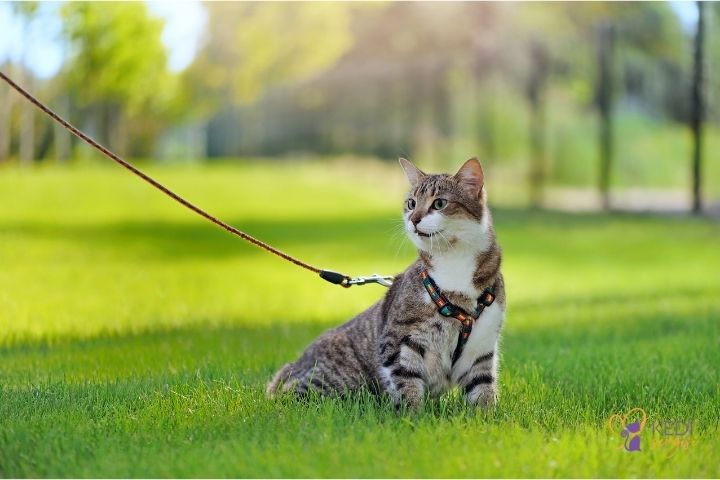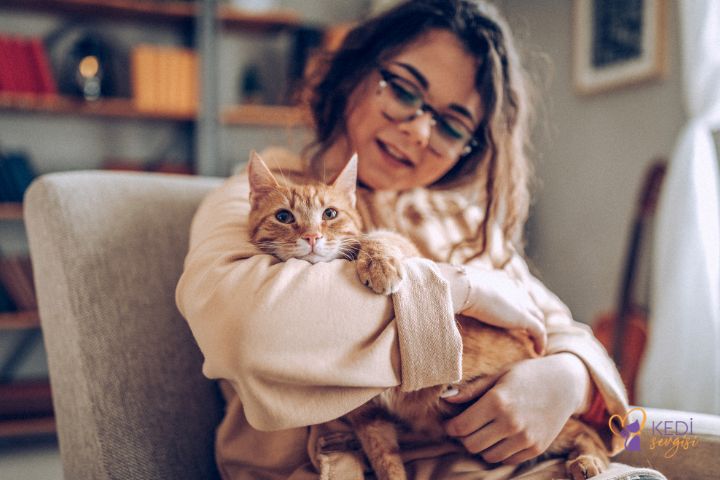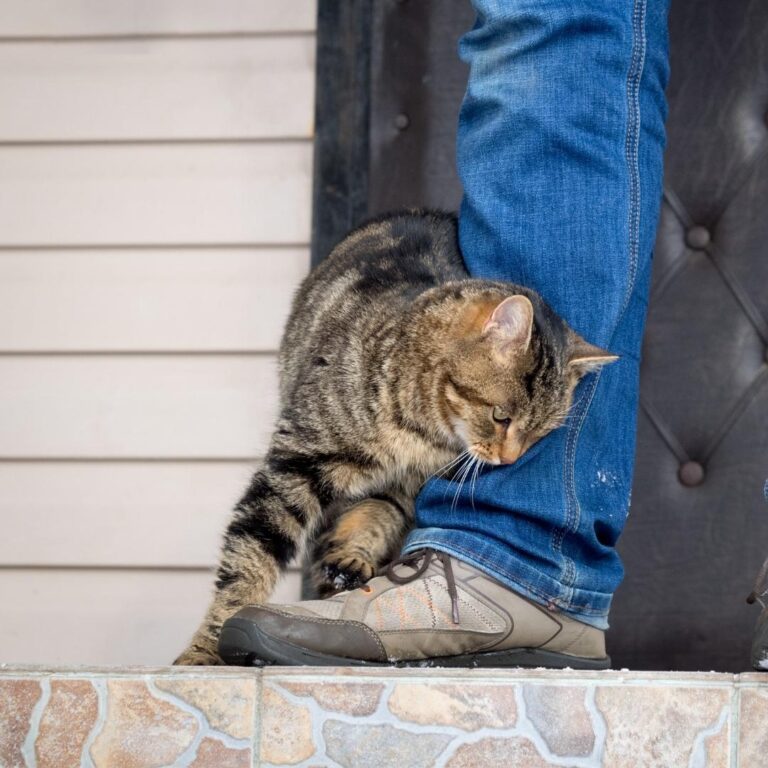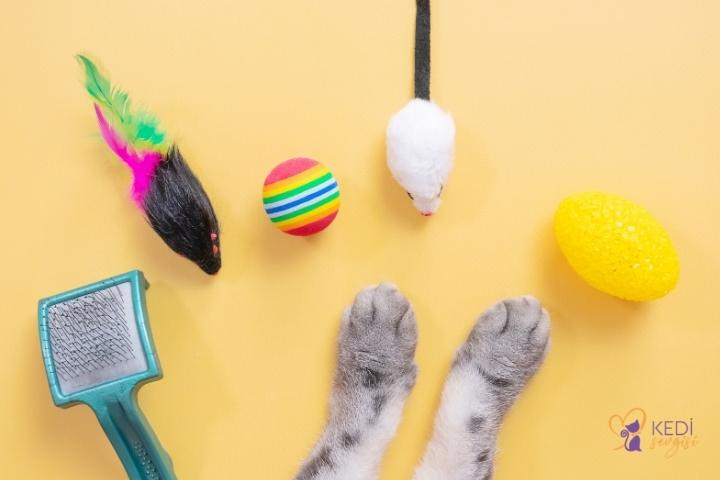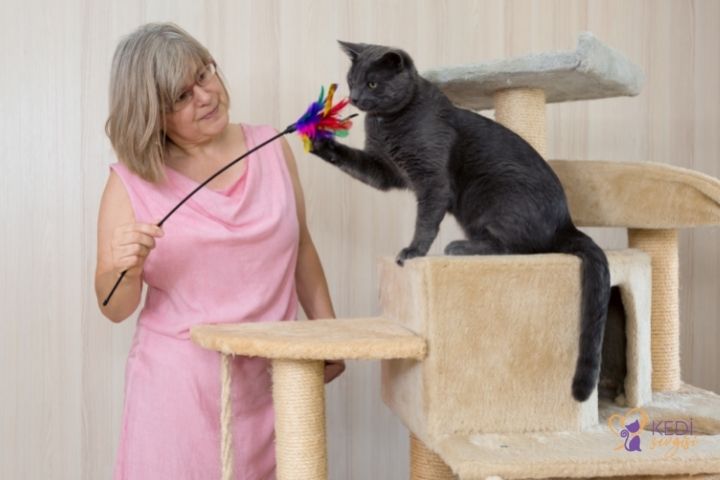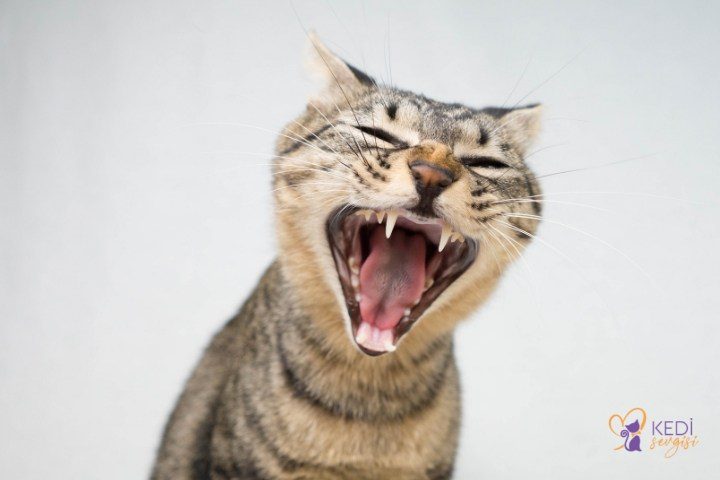Cat’s Tail Gestures | 9 Different Tail Gestures Meaning
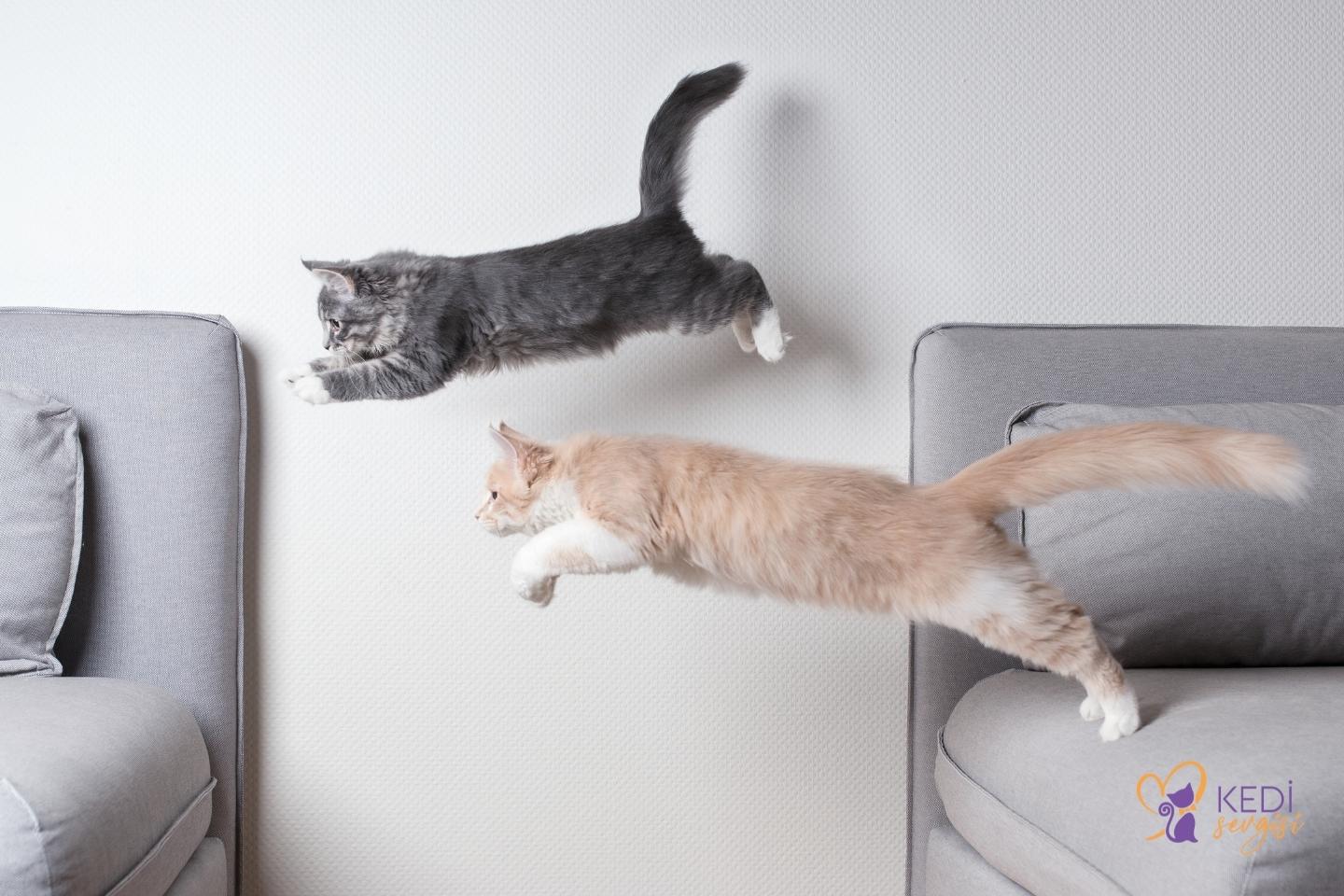
To understand how kind-hearted and emotional cats are, you need to know their language. The cat’s tail movements are the most important expression of this language. Indeed, a person who doesn’t understand this language would think that the little paws are cold creatures. But the opposite is the case. Through their tails, they send messages to their owners, express their emotions and show their wishes. But how is it possible to understand this? There are many different variations in the movements of a cat’s tail. Research by British scientists has identified a total of more than 300 different tail movements in cats. Of course, it’s impossible to keep all these variations in mind. But by learning their most frequent actions, you can establish basic communication. The same scientists found that even though cats perform more than 300 tail movements, they only perform 9 of them very often. And that’s exactly what we’re going to focus on. What are these?
The 9 most common tail movements of cats:
- Straight standing tail movement
- A tail curled around the body
- A loose and wagging tail
- Tail wrapping around a person or object
- Fast tail movement with tapping
- Steep tail towards the back
- Cat tail movement resembling a question mark
- A stuck tail
- Fluffy tail movement
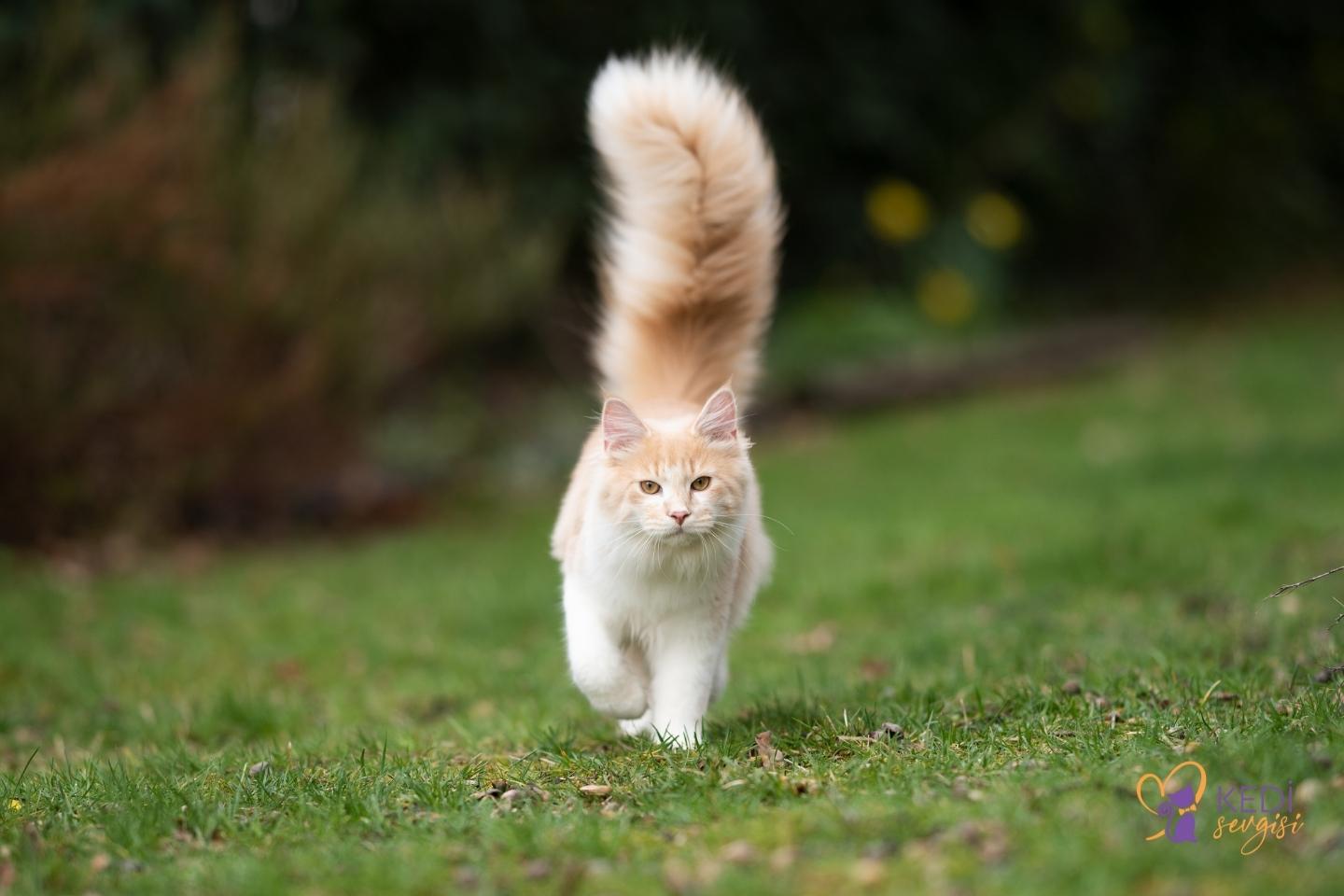
Why Do Cats Wag Their Tails?
Every creature has its own way of expressing its feelings towards other creatures in nature. In cats, this is manifested through tail movements. Cats wag their tails to communicate with you. They do this especially often with their owners, whom they love and are very attached to. It is scientifically confirmed that cats wag their tails when they are hungry, happy, want to play, are angry, have health problems or want attention. Here are the cat’s tail movements and their meaning in human language…
Cat’s Tail Movements Meaning
Is my cat happy? Is he in pain? Is he hungry? Does he miss me? These and many more questions are often asked by cat owners. It is actually quite simple to understand. If the cat’s tail movements are interpreted well, you can instantly know its emotions and demands. We’ll give you a few tips for this. Now you will know your cat much better.
Straight Standing Tail Movement
It is the movement of straightening the tail towards the sky. It is known as the most common cat’s tail movement. The main reason is happiness. Just as people smile when they are happy, cats raise their tails straight up towards the sky when they are happy. The body is also in a walking position. If rubbing against you is added to this, we can say that the moment is flying with happiness. What to do? At such moments, you can gently stroke its back and head with your hand. This will make your cat feel cared for.
Tail curling around the body
Cats sometimes wrap their tails around their hips where they sit. It’s a very interesting and visually pleasing position. But your cat doesn’t do it casually. It has a meaning. Yes, this tail movement is a sign of nervousness. Don’t look at him looking calm and sympathetic. He’s probably suffering from something that’s bothering him. Do a good analysis to find out why. Find the element that may be bothering him. It may be time to change the toilet bowl. Or he may not be enjoying his food. A health problem can also cause this behavior.
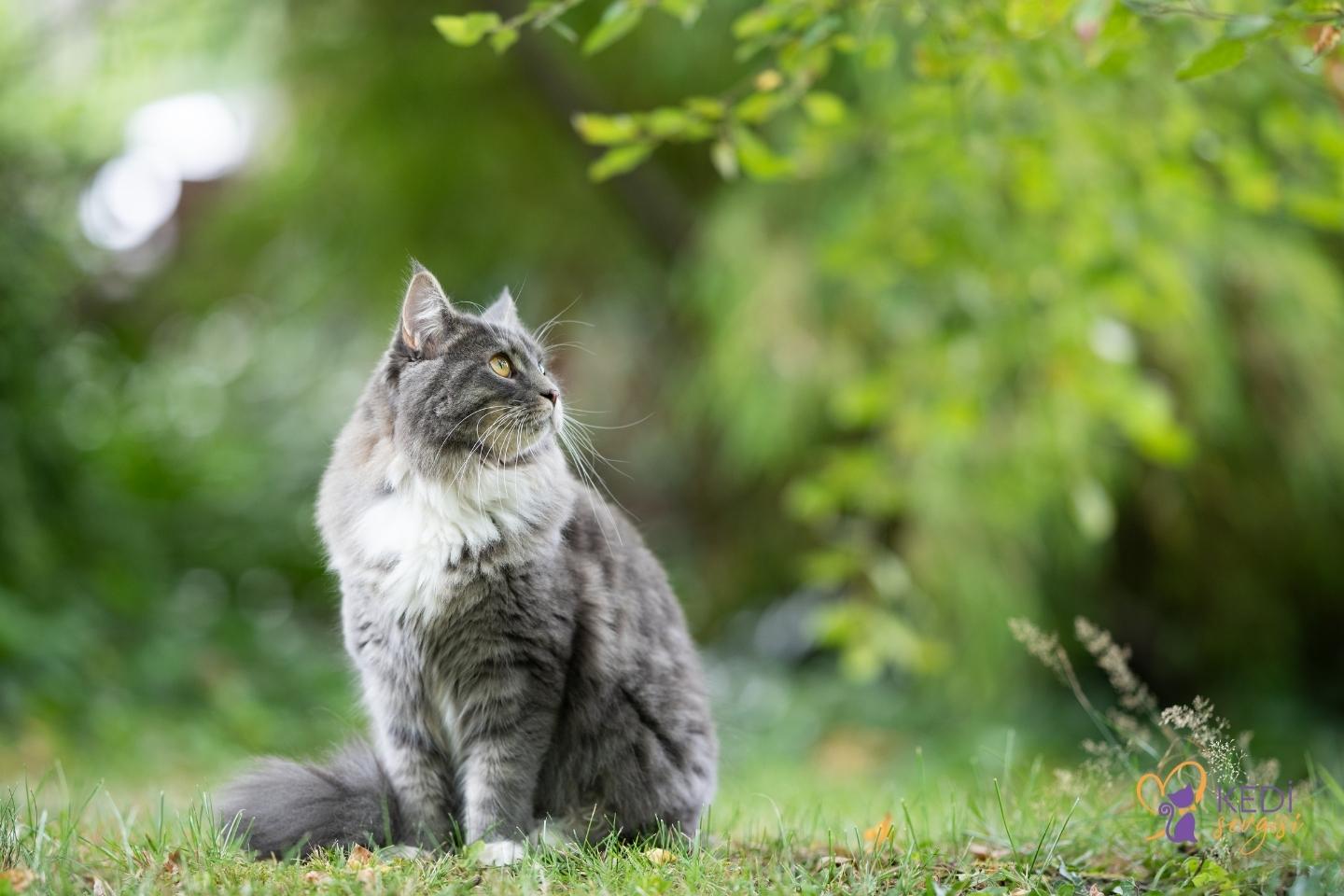
A Loose and Wagging Tail
Cats have a predatory instinct. Even though they live in houses, they can turn on their predator mode on their own. Sometimes a mouse or a fly triggers it. When they take a hunting and attacking position, they take a loose tail position. In such moments, do not disturb whatever your cat is focused on. Don’t distract it and observe its movements. This is not a dangerous situation. The cat’s tail movements can also be in this position when they are asleep. They are creatures that can be alert to their surroundings even while sleeping.
Tail Movement Entangled in People or Surrounding Objects
It is a sign of friendship and love. At this time, they usually wrap their tails around the legs of their beloved owners. They can also do this if there is another cat in the area. If it wraps its tail around your arm, your cat wants to tell you ‘I love you’. You can respond to this love by petting her and add happiness to her happiness.
Rapid Tail Flick
At such moments, the tail sways slightly in space and occasionally swings its tail violently from side to side. This is what frightened cats do. The aggressor has opened the position. This is a serious warning message. It is a clear warning to people or other living creatures around him to back off. Don’t go at him and leave him alone. You must give him space to retreat. If he feels cornered, he may become even more aggressive and there may be an undesirable outcome. Be cautious.
Upright Tail Towards the Back
You will often see this tail movement of a cat. It does it at a 45-degree angle. It is a sign of skepticism and uneasiness. It means that he is disturbed by something in his environment that makes him uneasy. Don’t go after him until he puts his tail down. It will soften up in a short time anyway. This is a sign that he is already relaxed and relaxed. Look often at the ear movements and the angles of the cat’s tail movements in detail to understand its feelings.
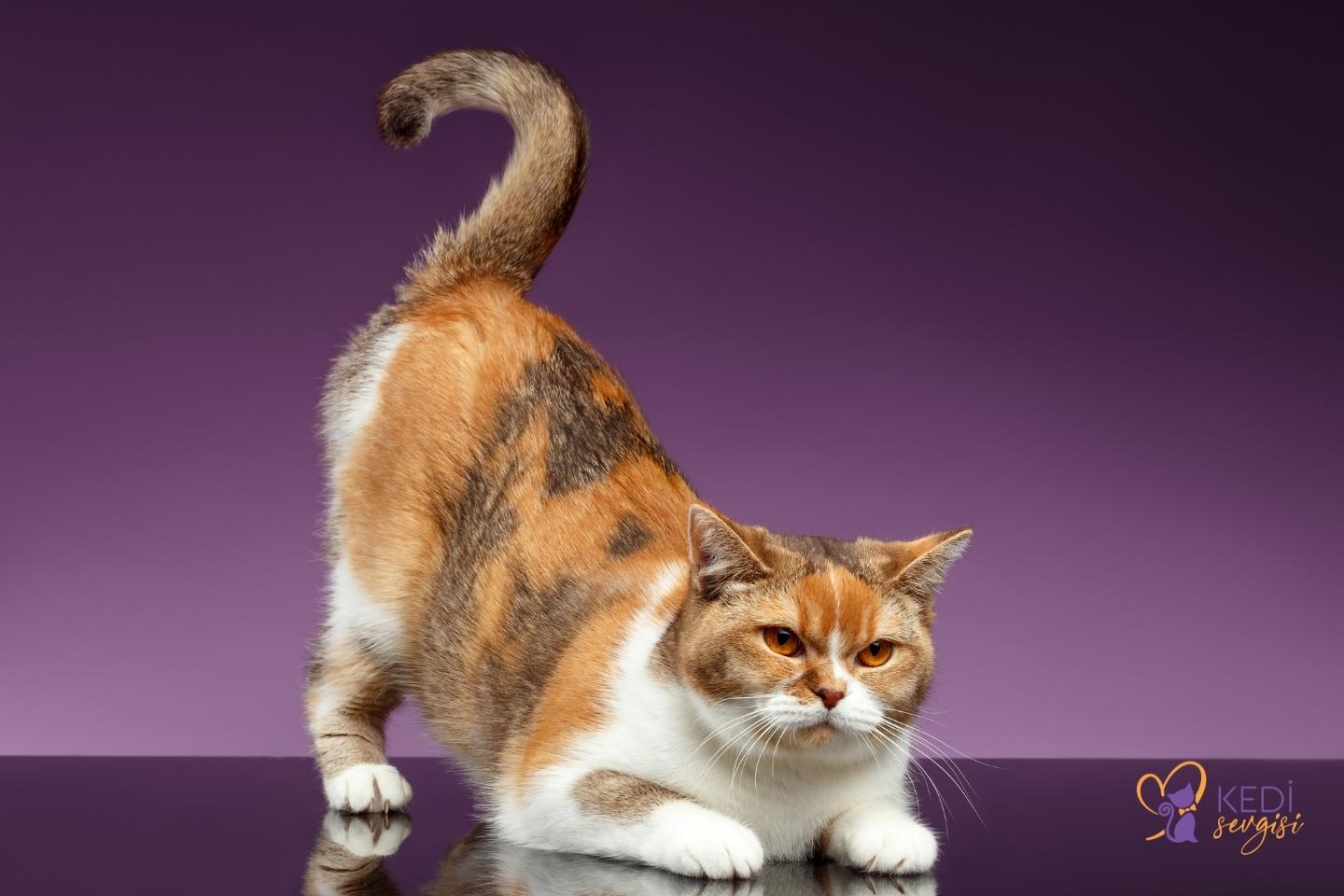
Curling Tail Movement in the Shape of a Question Mark
Don’t be alarmed by the question mark. Cats do this in moments of fun. Since they are in the process of having fun, they want play and attention. They will often come to you and rub against you. What to do is simple. You should spend some time with him and play games with him. When they get bored, you should slowly stop the game. Cats that are forced to play when they want to stop are known to become more agitated. In general, a cat’s maximum play time is 5-10 minutes. After that, they get bored and move on to something else.
Stuck Tail Movement
Feeling insecure, the cat sits down and tucks its tail between its legs. It slowly tilts its head forward and gets into a shrinking position. Owners should find out what is making him feel insecure. And fix the problem they find. Another interpretation of this gesture is that the little paw may be in pain. Experts warn owners to take them to a veterinarian if this behavior occurs frequently. There is a possibility that he is in pain due to a health problem. You should take this matter seriously.
Fluffy Standing Tail Movement
When it comes to cat tail movements, the most dangerous movement is the fluffy tail. In the face of a threat, they sometimes go out of defense mode and take an offensive position. It shows that it will attack at any moment because it is cornered and cannot find a place to escape. What to do? If you are in the vicinity of the cat, leave it at a distance to give it an escape route. Take care not to get too close. A cat will never attack humans if it creates space for itself to escape. As a last resort, cats show aggression. We have explained the 9 most common types of behavior among the cat’s tail movements and what they mean. Of course, there may be rare periods when the movements have different meanings, but in general they are as we have stated. If you see different behaviors, you can tell us. We can also share it here so that more people can be informed.
You may be interested in Diseases in Cats | 10 Deadly Diseases

